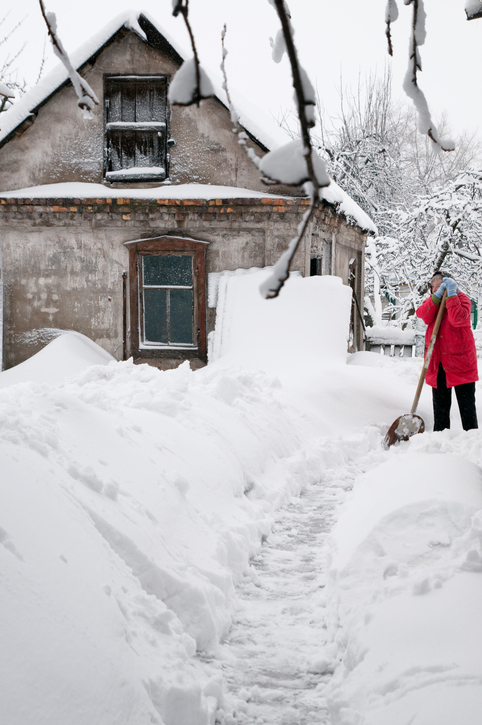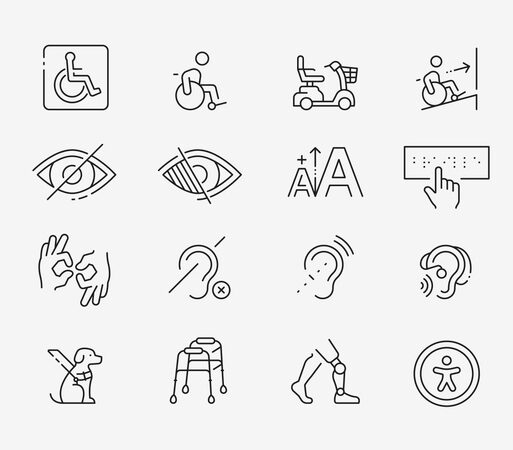Digging out this week from the band of snow and ice storms traveling across the mid-west and Canada? Remember that shoveling is considered a high-intensity activity and not a good idea for those who are normally sedentary. Even older adults who are in good physical shape should take precautions to avoid placing stress on the heart or strain on the body. The good news is that if done properly, shoveling snow is a great workout!
Tips for Shoveling Without Strain
- Warm up muscles before shoveling
- Take frequent breaks – straighten up to relieve stress on back
- Don’t wait for snow to pile up and become heavy – shovel at intervals
- Dress in warm layers and wear winter boots with good treads
- Avoid alcohol and caffeine while shoveling
- Drink water to hydrate
- Listen to your body; stop if you are short of breath or have any pain, extreme fatigue, nausea or dizziness.
- Use a ergonomically shaped shovel to reduce bending
- Try to push rather than lift snow
- Avoid twisting, turn your body to face the direction you are throwing snow
Source: Women’s College Hospital Heath Matters
With rapidly changing weather conditions, be sure to check the forecast before venturing out. In addition to clearing snow off walks and steps, keep salt, sand or kitty litter by the door to prevent serious injury from slip and fall accidents. Non-slid soles on winter boots or ice grippers slipped over shoes or boots can also help prevent falls. Seniors who use a cane should be sure the rubber tip is replaced often and in winter, canes can be inexpensively fitted with an ice tip, available through your local pharmacy or online.
For more safety tips for seniors this winter visit the Canada Safety Council website here.






Add Your Voice
0 Comments
Join the Discussion